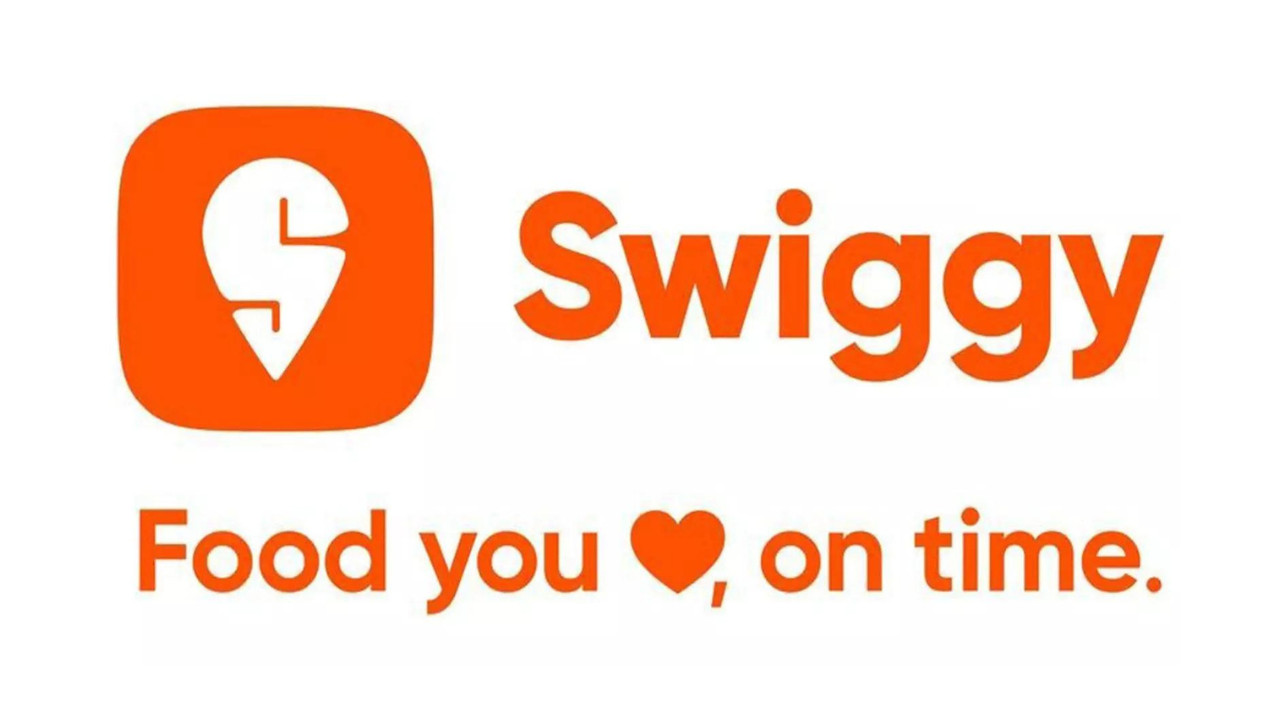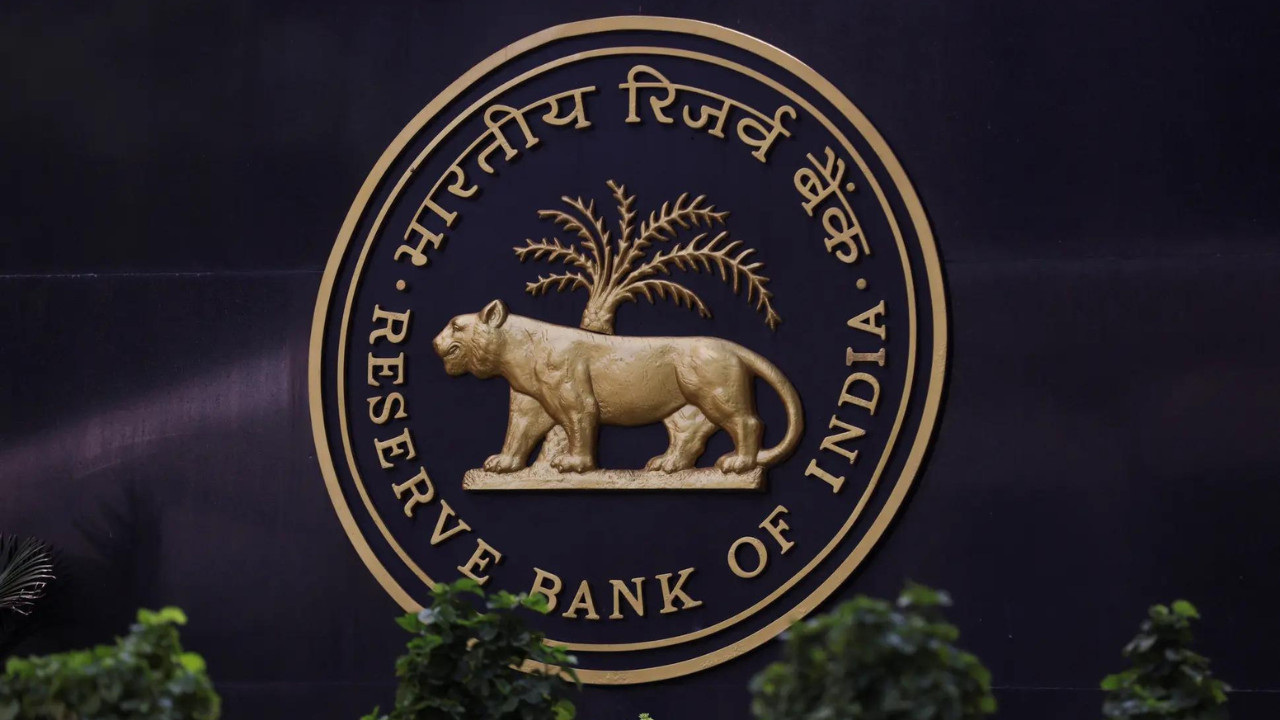Swiggy’s quick commerce success is driving demand for faster food deliveries, with its 10-minute offering, Bolt, seeing double-digit growth. The company plans to expand Bolt’s use cases and focus on acquiring new users in the food delivery market, targeting younger demographics and evolving eating habits to drive future growth.
Swiggy’s Bolt: More Than Just Groceries at Lightning Speed?
Remember when ordering groceries online meant planning ahead? Those days are fading fast, thanks to the rise of quick commerce. And Swiggy, a name already synonymous with food delivery in India, isn’t just watching the revolution unfold – they’re actively driving it. Their quick commerce arm, Bolt, is poised for significant expansion, hinting at a future where instant gratification extends far beyond your next meal.
For now, Bolt’s primary focus has been on groceries and essentials, delivering everything from that forgotten carton of milk to last-minute ingredients for dinner within minutes. But, whispers from within Swiggy suggest a much grander vision. They’re actively exploring new “use cases,” which translates to a whole host of potential products and services delivered at lightning speed.

Beyond Groceries: What’s Next for Swiggy’s Quick Commerce Venture?
So, what exactly could these expanded use cases entail? The possibilities are tantalizing. Imagine needing a phone charger urgently – Bolt could deliver it within minutes. Perhaps you’re planning a last-minute get-together and need party supplies, stat. Bolt could be your savior. This expansion hints at a future where a vast array of everyday needs are met with unparalleled speed and convenience.
It’s not just about adding more product categories, though. Swiggy is also looking at refining the entire quick commerce experience. This includes optimizing delivery routes, improving warehouse efficiency, and leveraging data to predict demand, ensuring that the right products are always available at the right time. They’re essentially building a sophisticated, hyper-local logistics network designed for speed and efficiency.
The Competitive Landscape: Is Bolt Ready for the Challenge?
The quick commerce arena is already crowded, with players like Zepto, Blinkit (owned by Zomato), and others vying for market share. This begs the question: what gives Swiggy Bolt an edge?
Well, for starters, Swiggy already has a massive established delivery network. This existing infrastructure gives them a significant advantage in terms of reach and logistical capabilities. They also boast a deep understanding of the Indian consumer, honed through years of food delivery experience. They know what people want, when they want it, and how to deliver it efficiently.
Furthermore, Swiggy’s deep pockets allow them to invest heavily in technology and infrastructure, solidifying their position in the market. Their focus on data-driven decision-making and continuous improvement suggests they are not content with simply keeping pace; they aim to lead the pack. See how Swiggy’s food delivery service integrates with their overall platform strategy.
The Future is Fast: How Quick Commerce is Changing Consumer Behavior
The rise of quick commerce is fundamentally changing consumer expectations. We’re becoming accustomed to instant gratification, and this trend is only likely to accelerate. What was once considered a luxury – having groceries delivered in minutes – is quickly becoming the norm.
This shift has significant implications for traditional retailers. They need to adapt to this new reality, either by partnering with quick commerce platforms or by developing their own rapid delivery services. The days of leisurely weekend grocery shopping may be numbered.
Challenges and Opportunities: Navigating the Road Ahead for Quick Commerce
Of course, the quick commerce boom isn’t without its challenges. Maintaining profitability in a market driven by speed and convenience is a constant struggle. Margins are often thin, and the cost of rapid delivery can be substantial.
However, the opportunities are immense. As consumer demand for instant gratification grows, the potential for quick commerce to disrupt traditional retail is undeniable. Companies like Swiggy, with their established infrastructure, data-driven approach, and ambitious expansion plans, are well-positioned to capitalize on this trend. The race to deliver everything, instantly, is officially on, and Swiggy’s Bolt is definitely a contender to watch.
In conclusion, Swiggy’s strategic expansion of Bolt beyond groceries signals a pivotal moment in the evolution of quick commerce. Their leveraging existing resources and a focus on data driven improvements suggest they’re aiming to redefine convenience. As Bolt explores new use cases, the speed at which we access everyday essentials could soon transform our lifestyles, but only time will tell what products and services will be added next.







